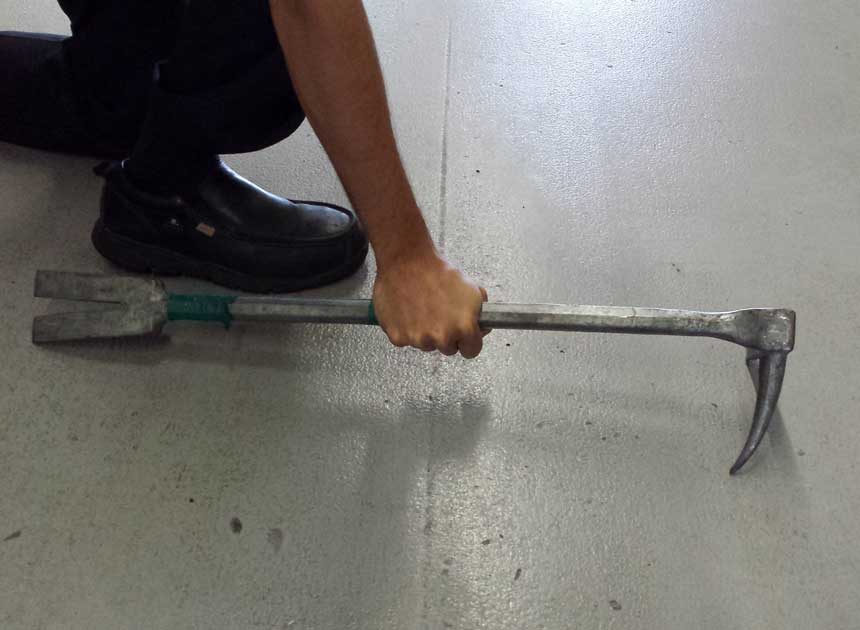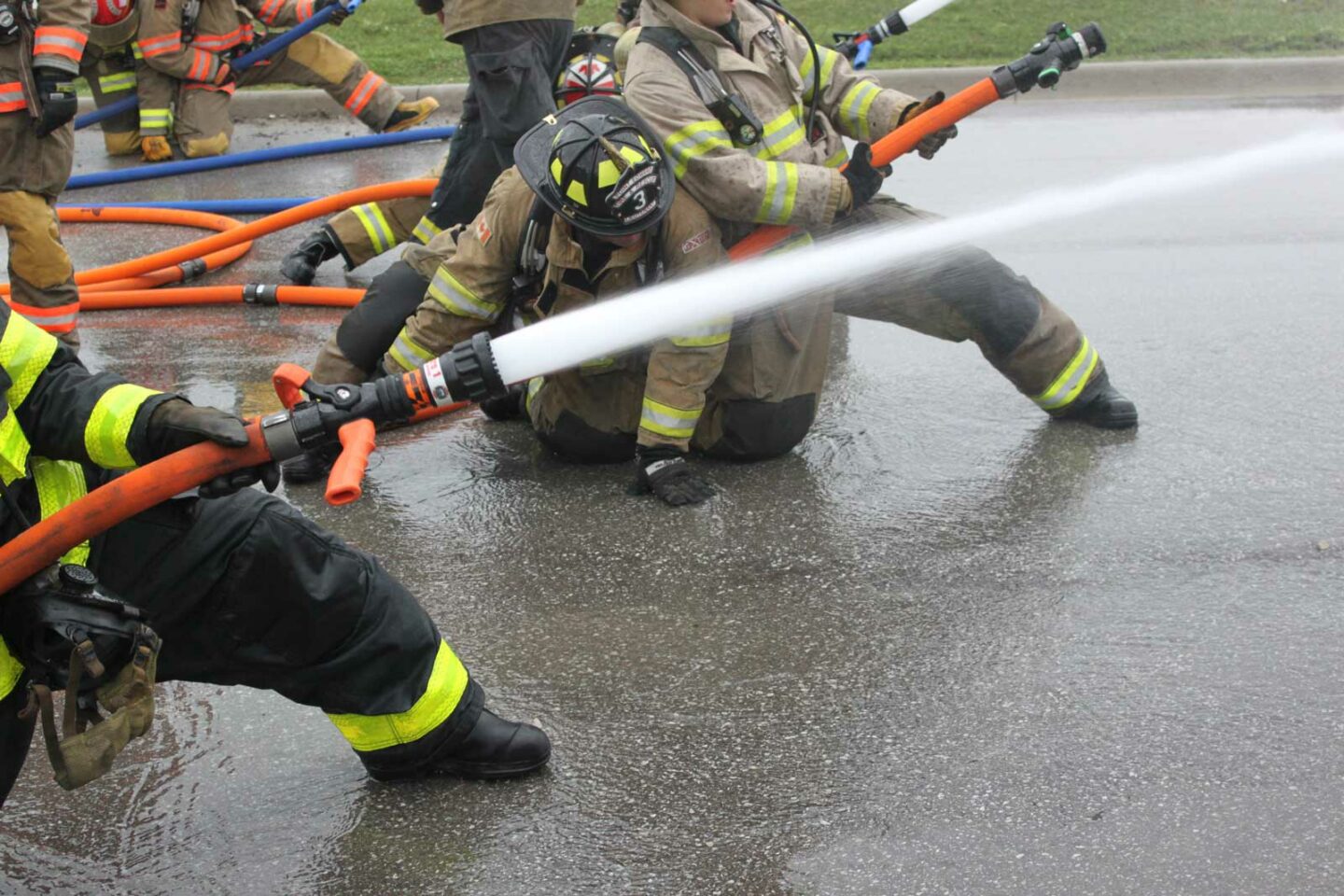
One of the major job functions of a truck company is to perform a search of a structure. A search is conducted for the fire department to account for all persons within that structure and is part of the life safety priority that we need to address at every fire call we respond to. Sometimes the search will produce positive results with a person/occupant being located and removed from the structure or a clear structure with nobody inside.
Unfortunately, search team members can themselves become victims if they encounter hazards or by become trapped, lost, or disoriented. When these situations occur, the outcome can vary depending on many different factors. Search team members may be able to get out without injury or else the outcome can be dire with the search team or part of the team not getting out or being injured as a result. This is where the fire service experiences firefighters losing their life in the line of duty–trying to save another.
RELATED
Entering Through the Door, Falling Through the Floor: Catastrophic Structural Collapse
Residential Search: Applying the Principles
Video: Search with the Water Can
Search and Rescue Above the Fire
There are some common hazards that a search team may encounter. First among these are holes in the floor or stairs. Buildings today are being built very quickly to save on costs and increase overall profits. The speed factor is aided by newer building materials such as lightweight truss construction materials, wooden I-beams, silent floor joists, composite lumber materials, and others that are being developed. These newer materials increase the chances of holes being created in floors or on stairs when exposed to a significant heat source.
It is imperative that the search team check the floor and stairs when advancing into the structure to ensure that there is no structural compromise. Many firefighters have fallen through a floor or stairs due to a hole or a weakened area and have not made it out alive. As a result, a few rapid intervention techniques have been developed so that firefighters can be rescued from such ordeals.
How do we check the floor or stairs in front of us when advancing into a structure? What tool we have in or hands will dictate how we can accomplish this. If we are advancing a charged hoseline, we can use the stream of water to check the floor in front of us. The sound of the water bouncing off the floor will indicate a solid surface. If there is the lack of any sound from the water bouncing off the floor, there is a good chance that there is a hole in front somewhere.
Another method when advancing a charged hoseline is to use your leg. By extending one leg in front of your body when advancing the hose, you will be able to sound or check for a floor surface in front of you. (See photo 1)

If the search team is carrying only hand tools and not a charged hoseline, then the tools will be used to check for floor integrity and soundness. The haligan tool is best for this type of operation as it can be used as an indicator. By holding the haligan as shown in photo 2, the hand is elevated from off the floor when there is a floor there; when there is no floor there, the hand will be pinched because the top part of the haligan has fallen flush with the floor surface. If using an ax as a search tool, the ax head needs to be banged onto the floor to ensure integrity and presence. This is not very practical for the lead firefighter in the search team when compared with using the haligan. The ax is best used for sweeping the floor area instead of being used as the lead tool.

The second common hazard are entanglements, namely wires, curtains, residential duct work (plastic kind with wire mesh) or any type of foreign object that prevents firefighters from moving or that may ensnare them. This is where firefighter survival training comes into play as the firefighter will need to navigate themselves through the entanglement to become free and clear of the hazard or use a pair of wire cutters to cut their way out.
Regardless of what technique used, the worst thing to do is to fight against the entanglement. You will become fatigued quickly and end up killing yourself with exhaustion and frustration. When a firefighter becomes entangled, the member must call for help right away by declaring a Mayday. Practice how to deal with entanglements to improve your firefighters’ confidence and emotional stability when the time comes to deal with a real situation.
The third common hazard is falling debris. This ties in with the entanglement section, as wires and other items are usually stored above the ceiling area. When portions of the ceiling start to fall, it may surprise the search team and catch them off guard. Firefighters are not expecting this to happen and when it does, it can be surprising. Depending on the amount and type of debris falling, it may or may not be a problem. When the debris is heavy and large, it can cause the search team to become trapped under it or it may injure the team so that they are incapacitated. When the debris is light and small, it may startle the team and may cause them to become disoriented.
Be aware of the common hazards that we may face during a search—the above list is not comprehensive, but it can help you be prepared by training and practicing the skills needed to navigate through the situation.
Photos by author.

Mark van der Feyst has been in the fire service since 1999 and is a full-time firefighter in Ontario, Canada. He is an international instructor teaching in Canada, the United States, and India, and at FDIC. Van der Feyst is a local level suppression instructor for the Pennsylvania State Fire Academy. He is also the lead author of Residential Fire Rescue (Fire Engineering Books & Video).
MORE MARK VAN DER FEYST
Back-to-Basics Firefighting: Driver Duties
Back-to-Basics Firefighting: Portable Fire Extinguishers
Firefighting Back-to-Basics: Standpipe Tool Kits, Part 1 | Part 2
Truck Company Ops: Victim Removal Down Ladders, Part 1 | Part 2

